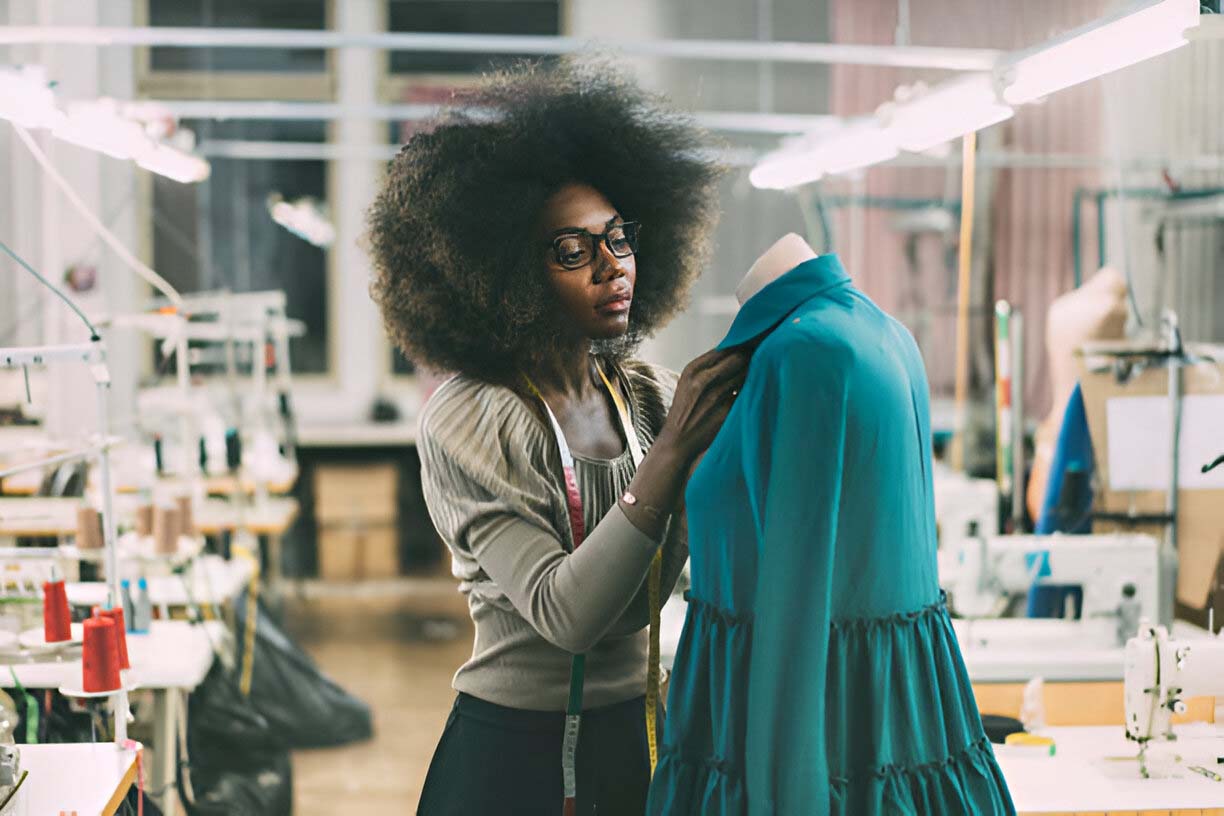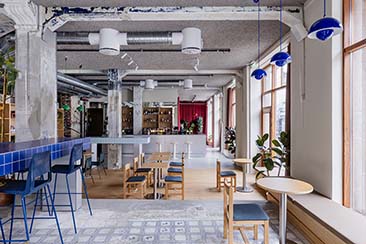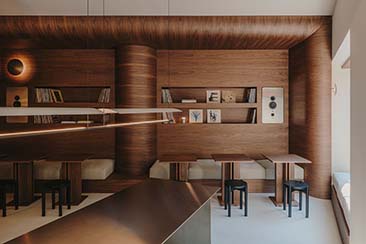Independent fashion labels are redefining style with bold, original designs that break free from mainstream trends. To bring these visions to life, many are partnering with custom- cut and sew manufacturers, choosing tailored production over generic factory lines. In 2025, these studios are becoming essential collaborators, offering creative freedom, ethical practices, and the flexibility indie brands need to thrive.
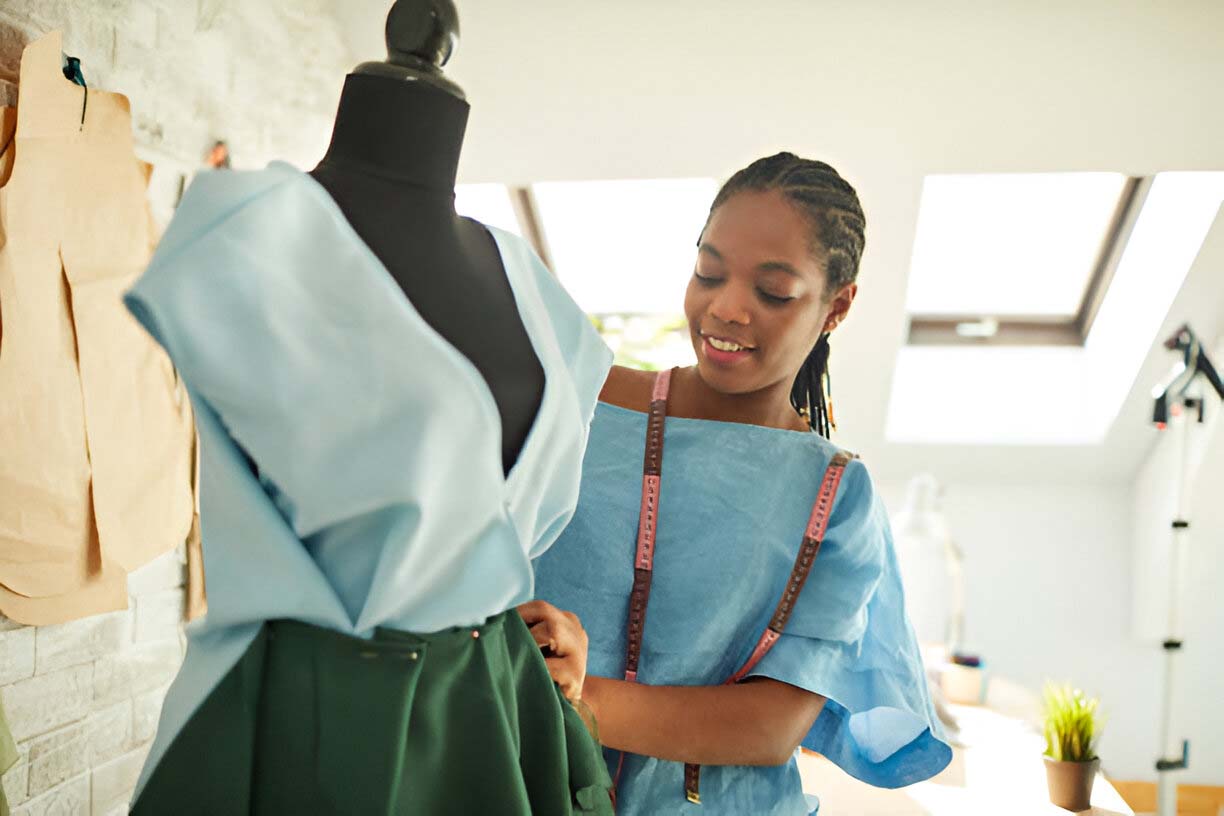
Unleashing Creative Freedom
For independent labels, every design tells a story, and custom-cut and sew studios make those stories tangible. Unlike mass producers churning out standard garments, these studios start from a designer’s sketch, crafting unique patterns and selecting fabrics to match the vision. A Miami-based label might dream up a dress with hand-stitched embroidery, and a cut-and-sew partner brings it to life with precision.
This level of control lets designers push boundaries—think unconventional silhouettes or experimental textures—without being boxed in by factory templates. Vogue highlights that indie brands lean on bespoke production to preserve their distinct voice, helping them carve a niche in a crowded market. With cut and sew, designers can tweak details on the fly, ensuring every piece feels true to their art.
Embracing Small-Batch Flexibility
Indie labels often work in small runs, launching limited collections to test ideas or cater to loyal fans. Traditional factories, built for bulk orders, rarely cater to this model, but custom cut and sew manufacturers thrive on it. A designer might order a handful of custom jackets to gauge interest, scaling up only if they sell out.
This approach keeps risk low and creativity high. A label can drop a vibrant scarf collection inspired by a viral trend, then pivot based on customer response. It also minimizes excess inventory, aligning with the lean, agile ethos of indie fashion. For brands building their name on exclusivity, this flexibility is a cornerstone of growth, letting them stay nimble and responsive.
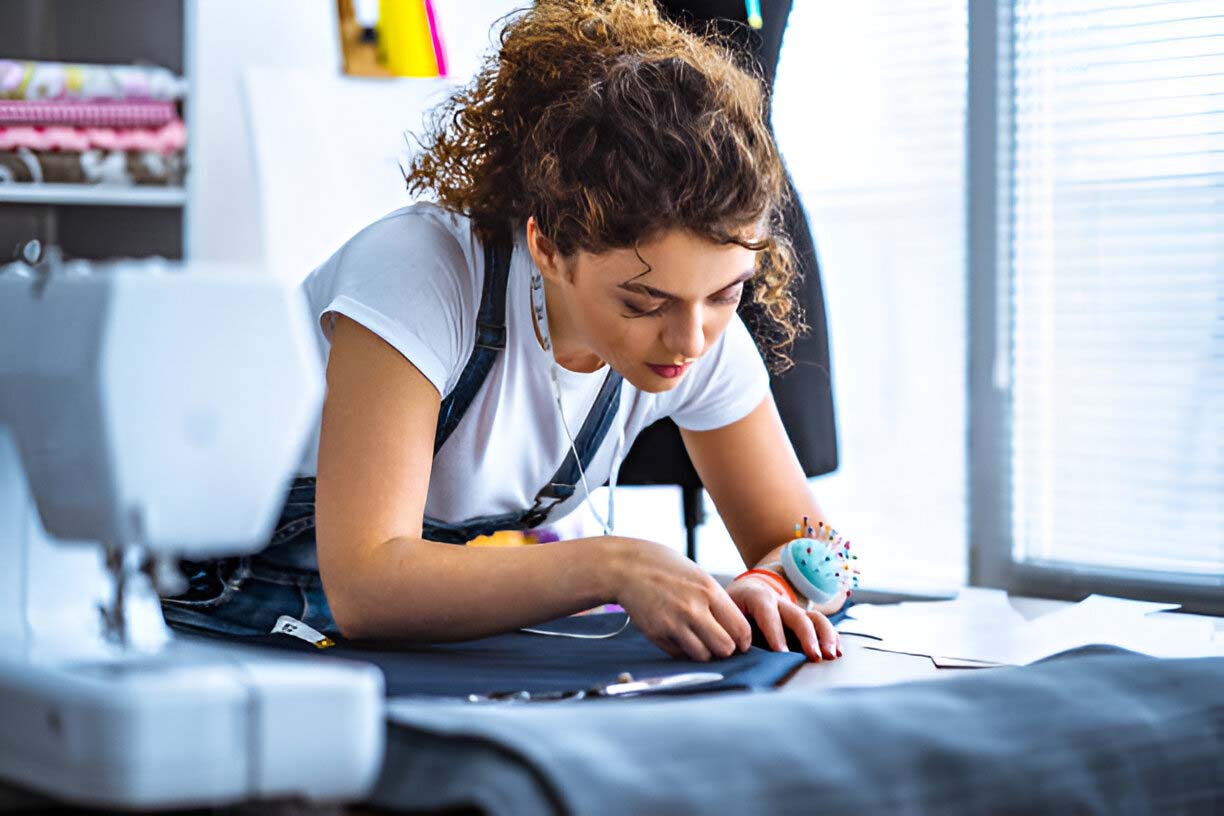
Prioritizing Ethics and Sustainability
Today’s shoppers, especially younger ones, care deeply about where their clothes come from. Independent labels are turning to cut and sew studios that share their commitment to ethical labor and sustainable materials, rejecting the exploitative practices of fast fashion. A studio might source eco-friendly fabrics like organic linen or pay artisans fair wages, mirroring a brand’s values.
This alignment builds trust. Vogue notes that consumers are drawn to brands that tell a transparent, ethical story. A label posting about its sustainable studio partnership on social media can turn curious followers into devoted customers. By choosing cut and sew manufacturers with integrity, indie brands weave purpose into their products, resonating with shoppers who value meaning over mass production.
Crafting Quality That Lasts
Quality is the heartbeat of an indie label’s reputation—one poorly made piece can tarnish a brand’s shine. Custom cut and sew studios deliver meticulous craftsmanship, with skilled sewers ensuring every stitch and seam is flawless. A Seattle designer’s tailored blazer, made with care, can become a cult favorite that customers rave about.
This durability creates a ripple effect. Shoppers who splurge on a well-crafted indie coat expect it to endure, and when it does, they spread the word. High-quality production turns first-time buyers into lifelong supporters, building a brand’s legacy stitch by stitch. With cut and sew, labels deliver pieces that feel as special as they look, earning loyalty in a throwaway culture.



Leveraging Local Connections
Many indie labels partner with nearby cut and sew studios to keep production close to home. A Toronto designer can pop into a local studio to review prototypes, tweak fits, and speed up delivery compared to overseas factories. This proximity means faster launches, crucial for jumping on trends or seasonal drops.
Local studios also cut down on shipping emissions, appealing to eco-minded customers. A label touting its “Made in Chicago” process can connect with shoppers who value community roots. These partnerships let brands move quickly, test bold ideas—like a pop-up capsule collection—and scale up if demand surges, keeping their momentum strong.
Overcoming Partnership Hurdles
Working with cut and sew studios isn’t always seamless. Costs can run higher than mass production, and finding the right partner takes effort. Misaligned expectations, like delays in fabric delivery, can stall launches. Some labels learn this the hard way when a studio’s timeline doesn’t match their vision.
To get it right, research studios carefully—tour their space, check their work, and start with a small project to test the vibe. Clear communication, like detailed specs and deadlines, keeps things on track. Treating your studio as a true partner builds a relationship that smooths out bumps and strengthens your production over time.
Why It Matters
In 2025, independent fashion labels are leaning on custom cut and sew manufacturers to turn their dreams into reality with artistry, ethics, and agility. These studios offer the creative control, small-batch freedom, and quality that define indie fashion, while aligning with the sustainable values customers crave.
By forging thoughtful partnerships, labels stand out in a sea of sameness, building brands that inspire and endure. It’s not just about making clothes—it’s about crafting a legacy of creativity and connection, one carefully sewn piece at a time.
